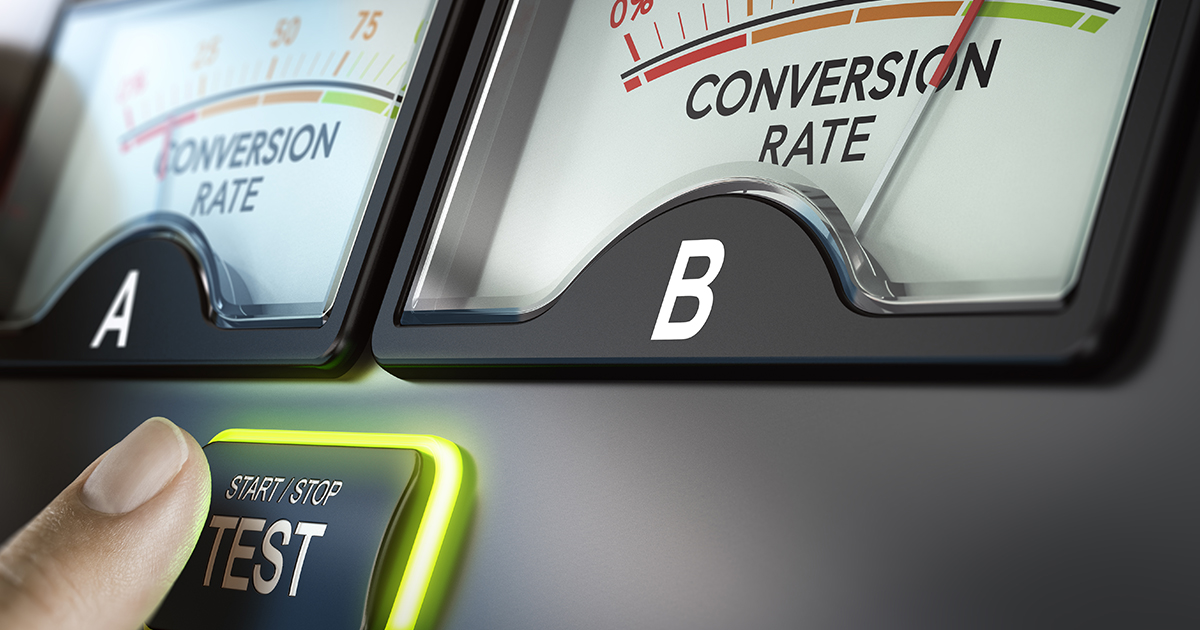
The ABCs of A/B testing
If you are not regularly A/B testing your website and digital marketing materials, you could be overlooking valuable client insights. The only way to truly test how your digital assets are performing is to create several versions of these assets and pit them against one another.
Get to know your target audience
Whether you’re selling a product or an idea, you want to communicate with your target audience in a way that demonstrates you understand their needs. You can design what you believe to be the most appealing ad or draft what you think is truly compelling copy, but how can you be sure it resonates with your readers? What you might not realize when you hit the “Send” or “Publish” button is that if you had made a small change, your conversion rates could have jumped dramatically.
A/B testing simply refers to the comparison of two versions of an ad, landing page or email to see which one results in higher engagement. Here’s how it works:
• Create your control version (with headline, copy, call to action and graphics)
• Create a second version (or several) selecting one element of each to be the variant
• Post each version (or, in the case of an e-newsletter, divide your audience and send one version to each group)
• Measure and compare the interaction levels between the control version and the variants (click-through rates, open rates, time on pages, page sessions, etc.)
Test, test and test again
Remember, your audience decides what works and what doesn’t. Effective marketing campaigns are the ones that keep building on their own insights. Ext. Digital Activation Manager Shane Hersco recommends constant vigilance. “You need to A/B test as many different variations as possible. It never ends. You will never have a campaign that stands the test of time – that’s evergreen; after a while, even the best creative will fatigue. And to minimize fatiguing, we constantly test different variants,” he says.
Hersco adds that it’s important to test variants because you don’t intuitively know how the audience will interpret the creative and which one will work best. “We have a standing ad for example, and we test a small variation to it. We don’t typically change an entire ad or test two wildly different versions of the creative, otherwise we wouldn’t know what works and what doesn’t,” he explains.
Break it down
Anytime you A/B test, you need to test either a call to action, an image or copy – just one thing. For example, you’d have all those components in campaign A, and in campaign B you’d change only one of those elements.
It’s best practice to give each campaign asset a couple of days and to use a large enough sample size to deliver accurate results. It’s rather scientific, when you think about it. You control one variable at a time to reveal the main driver for success.
A/B testing provides insights into what creative elements are the most effective. Once you get an idea of which ones are the most appealing and effective for a particular audience or customer persona, you can use those insights to build a marketing library of different samples you can leverage for future campaigns.
Looking to boost your digital metrics and conversion rates? Learn how Ext. can help you create and manage effective marketing campaigns that incorporate A/B testing. Contact us today at 1.844.243.1830 or info@ext-marketing.com.